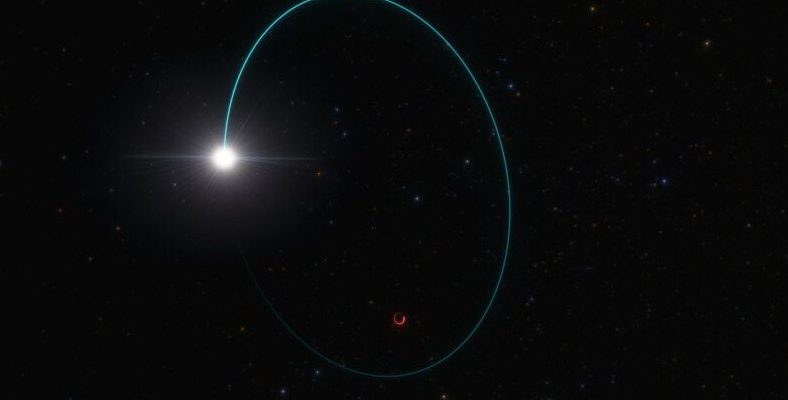A brand new black hole has been discovered in the Milky Way. The black hole named Gaia BH3, located 2000 light years away, is recorded as the largest stellar black hole found in our galaxy so far, with its size being 33 times the size of the Sun.
Black hole research, which continues unabated, enables us to obtain new information every day about these objects, which are the most fascinating things in the universe. The new information adds a new one to the black holes in the Milky Way Galaxy.
The new black hole discovered with data obtained from the Gaia Telescope Gaia BH3 It was named as. The most important feature is The largest stellar black hole ever found in our galaxy to be. The study findings were published on Astronomy and Astrophysics.
33 times the size of the Sun
Gaia BH3, located 2000 light years away in the Aquila constellation, broke this record by being 33 times the size of the Sun. The previous record was 21 times the size.Cygnus It belonged to a star-derived black hole named. Researchers stated that they never expected to discover such a high-mass black hole nearby.
Let us underline again that the record was broken by black holes originating from stars. So supermassive black holes are not included. Recently photographed again and located at the heart of our universe Sagitarrius A* is approximately 4.3 million times the size of the Sun. A supermassive black hole. The newly discovered Gaia BH3 is tiny compared to it. But it’s really big compared to stellar origins.
When massive stars reach the end of their lives, they die in supernova explosions. As a result of this, star-derived black holes are formed from the remnants. The masses of these black holes are much lower than supermassive ones due to everything scattering around during the supernova. This also makes them difficult to view.
Researchers will now examine how this black hole formed. Preliminary findings indicate that the star is not rich in metals or elements such as helium or hydrogen. This supported his previous theories.
